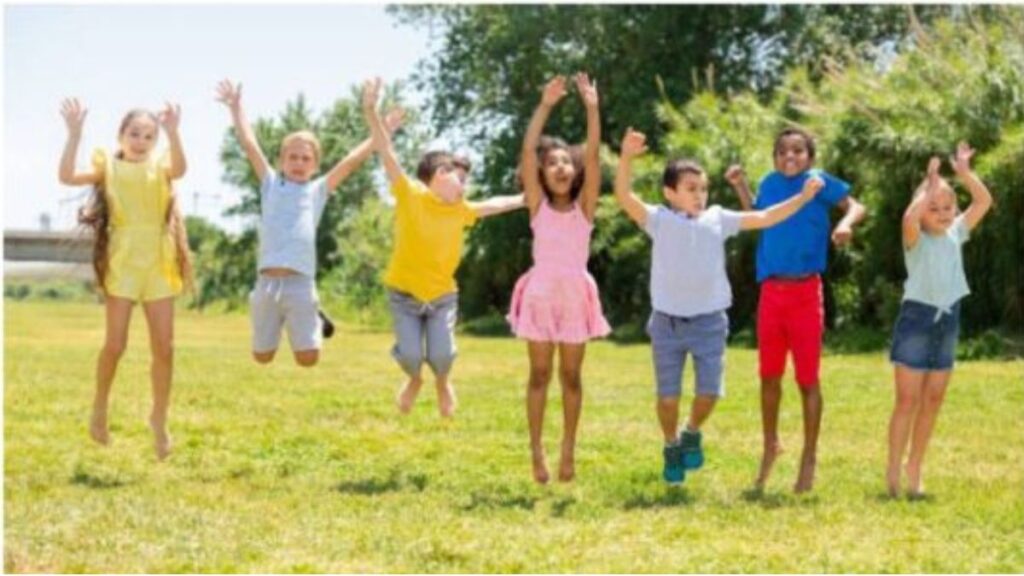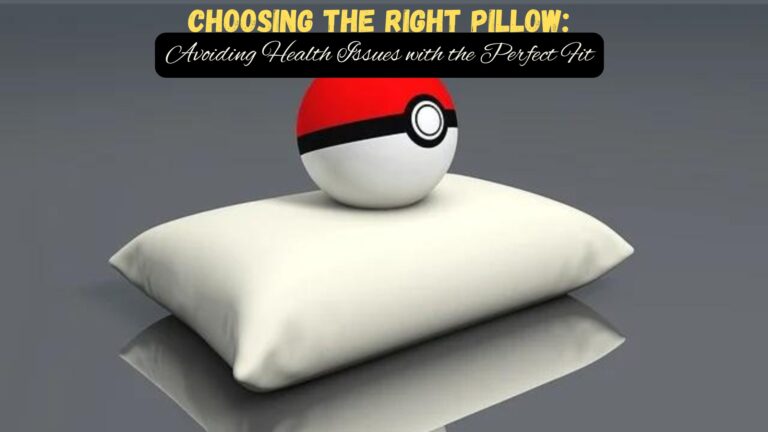Introduction:-
Top Material Picks for Comfortable and Resilient Kids’ Wear

In the fast-paced world of parenting, ensuring your little ones are clad in clothing that blends comfort with durability is a priority. The right choice of materials can make a significant difference in how well your child’s clothes hold up to the demands of their active lifestyles while keeping them cozy throughout the day. Here’s a comprehensive guide to the top material picks for comfortable and resilient kids’ wear.
A comprehensive guide to the top material picks for comfortable and resilient kids’ wear
1. Cotton: A Staple for Softness Cotton stands as a timeless favorite for children’s clothing. Renowned for its breathability and soft touch against the skin, cotton is perfect for keeping kids comfortable during playtime while ensuring longevity in the garment’s lifespan.
2. Organic Fabrics: Gentle on Skin and the Planet Opting for organic fabrics like organic cotton or bamboo ensures not only comfort for your child but also a sustainable choice. These materials are hypoallergenic, making them gentle on sensitive skin, and they contribute to a healthier planet.
3. Jersey Knit: Stretchy Comfort for Playful Days Jersey knit fabrics offer a stretchy, comfortable fit that is ideal for active kids. The flexibility of jersey knit allows for unrestricted movement, making it a top choice for playdates and adventures.
4. Fleece: Cozy Warmth for Cooler Seasons For colder climates, fleece is an excellent pick. It provides insulation to keep your child warm without sacrificing comfort. Look for high-quality fleece materials that are soft, breathable, and easy to care for.
5. Denim: Classic and Durable Denim isn’t just for adults; it’s a durable choice for kids’ wear too. Known for its rugged nature, denim withstands rough play and frequent washing, ensuring your child’s clothes remain in good condition for an extended period.
6. Microfiber: Lightweight and Durable Microfiber fabrics offer a lightweight feel while being remarkably durable. These materials are known for their resistance to stains, making them a practical choice for children’s clothing that may encounter spills and messes.
7. Nylon: Water-Resistant for Outdoor Adventures If your child loves outdoor activities, consider clothing made from nylon. This water-resistant material keeps your little one dry during unexpected rain showers and is also resistant to wear and tear.
8. Spandex Blend: Unmatched Flexibility A blend of spandex with other fabrics provides exceptional stretch and flexibility. This is particularly useful for children engaged in activities that demand a wide range of motion, such as gymnastics or dance.
9. Linen: Breathable and Timeless Linen is a breathable and timeless choice for kids’ wear. Its natural fibers allow air circulation, preventing overheating, and its classic look ensures your child is stylish and comfortable.
10. Polyester: Wrinkle-Resistant and Durable Polyester is a durable and wrinkle-resistant material, making it a practical choice for kids who are always on the go. It maintains its shape well, ensuring the longevity of your child’s clothing.
What things should be kept in mind while buying clothes for children
Buying clothes for children involves considerations beyond just style and size. Here are some important factors to keep in mind:
- Comfort: Children’s clothes should be comfortable and allow for ease of movement. Look for soft fabrics, flat seams, and non-restrictive designs, especially for infants and toddlers.
- Size: Children grow quickly, so it’s important to choose the right size. Consider buying a size larger if you want the child to grow into the clothing, but avoid clothes that are too big, as they may pose safety risks.
- Safety: Pay attention to clothing features that ensure safety. Avoid clothes with small buttons, loose embellishments, or drawstrings that can pose choking hazards. Opt for flame-resistant sleepwear and consider clothing with non-slip soles for shoes.
- Durability: Children’s clothes should be durable enough to withstand rough play and frequent washing. Look for well-constructed seams, reinforced knees on pants, and high-quality fabrics that can endure wear and tear.
- Ease of Care: Parents appreciate clothing that is easy to clean. Check the care instructions on the labels to ensure that the clothes are machine washable and can withstand regular laundering without losing shape or color.
- Weather Appropriateness: Consider the climate and the seasons when purchasing clothes. Choose lightweight, breathable fabrics for warmer weather and layerable options for colder seasons.
- Functional Design: Practical features like snaps, zippers, and elastic waistbands can make dressing and undressing easier, especially for younger children who are still mastering fine motor skills.
- Allergies and Sensitivities: Be mindful of potential allergies or sensitivities. Choose hypoallergenic fabrics and avoid clothing treated with harsh chemicals or dyes. Organic and natural fibers can be good choices for children with sensitive skin.
- Age-Appropriate Styles: Consider age-appropriate styles and designs. While older children may have more specific preferences, younger kids often benefit from clothes that are easy to put on and take off.
- Personal Preferences: Involve the child in the decision-making process, especially as they get older. Let them choose colors and styles within reason to encourage a sense of autonomy.
- Budget: Children grow quickly, and their clothing needs change rapidly. Consider your budget and try to strike a balance between quality and affordability, especially for everyday wear.
- Occasion-Specific Clothing: Ensure you have a mix of casual and dressy clothes for different occasions. Special events or holidays may require more formal attire, so plan accordingly.
By keeping these considerations in mind, you can make informed choices when shopping for children’s clothes, ensuring that they are not only stylish but also comfortable, safe, and practical for both the child and the parents.
What makes bamboo fabric a good option for kids’ wear?
Bamboo fabric is a great option for kids’ wear for several reasons:

1. Softness
Bamboo fabric is incredibly soft, often compared to the feel of silk or cashmere. This softness is gentle on a child’s sensitive skin, making it comfortable for all-day wear.
2. Breathability
Bamboo fabric is highly breathable, which helps regulate body temperature. This makes it ideal for children, as it keeps them cool in warm weather and warm in cooler temperatures.
3. Moisture-Wicking
Bamboo fabric has excellent moisture-wicking properties. It can absorb moisture away from the skin, keeping children dry and comfortable, which is particularly beneficial during active play.
4. Antibacterial and Antimicrobial
Bamboo fabric naturally contains antibacterial and antimicrobial properties. This helps reduce the growth of bacteria and odors, keeping kids’ clothes fresher for longer and reducing the risk of skin irritations.
5. Hypoallergenic
Bamboo fabric is hypoallergenic, meaning it is less likely to cause allergic reactions. This makes it a suitable choice for children with sensitive skin or allergies.
In conclusion,
when it comes to dressing your little ones, the right materials can make all the difference. Whether it’s the soft embrace of cotton, the flexibility of spandex, or the durability of denim, choosing the right fabrics ensures your child’s clothing is both comfortable and resilient. Keep these top material picks in mind as you navigate the world of kids’ wear, providing your little adventurers with the perfect blend of style and practicality.
FAQs
1. What are the best materials for kids’ clothing?
Answer: The best materials for kids’ clothing are typically cotton, bamboo, organic cotton, polyester blends, and wool. These materials are known for their comfort, breathability, durability, and ease of care.
2. Why is cotton a popular choice for kids’ clothes?
Answer: Cotton is popular for kids’ clothes because it is soft, breathable, and hypoallergenic. It is also durable and can withstand frequent washing, which is essential for children’s wear.
3. Is organic cotton better than regular cotton?
Answer: Yes, organic cotton is often considered better than regular cotton because it is grown without the use of harmful pesticides and chemicals, making it a safer choice for kids’ sensitive skin. It is also more environmentally friendly.
4. Are polyester blends suitable for children’s clothing?
Answer: Polyester blends are suitable for children’s clothing because they combine the durability and wrinkle-resistance of polyester with the softness of natural fibers like cotton. This makes the clothing long-lasting and easy to care for.
5. Can wool be used for kids’ clothing?
Answer: Yes, wool can be used for kids’ clothing, particularly in colder climates. Wool is a natural insulator, keeping kids warm. It is also breathable and moisture-wicking, though some children might find it itchy, so softer varieties like Merino wool are preferable.
References
- Cotton Incorporated: Information on the benefits and properties of cotton for children’s clothing.
- Bamboo Clothing: Insights on why bamboo is a suitable material for kids’ wear due to its softness and hypoallergenic properties.
- Organic Trade Association: Details on the benefits of organic cotton over conventional cotton, especially for children’s sensitive skin.
- Woolmark Company: Information on the use of wool in children’s clothing, including the benefits of Merino wool.
- Textile Exchange: Resources on sustainable and eco-friendly materials for clothing, including organic cotton and recycled polyester.
By understanding the properties and benefits of different materials, parents can make informed decisions to ensure their children are comfortable and their clothing is durable and sustainable.








